
| Museum Kiosk Components | Description | Manufacturing Process |
|---|---|---|
| Touchscreen Display | The primary interface for users, allowing interaction with the kiosk's content. | 1. Design & Planning: Define kiosk specifications and design features tailored to museum needs. |
| Interactive Software | Custom software that provides access to museum content and enhances user experience. | 2. Component Sourcing: Procure high-quality displays, processors, and other essential hardware. |
| Processor & Motherboard | The central computing unit that powers the kiosk and manages its operations. | 3. Hardware Assembly: Assemble the touchscreen, motherboard, and other components into the kiosk frame. |
| Enclosure/Frame | The protective housing that supports and secures all internal components, often customized for aesthetics. | 4. Software Integration: Develop and integrate custom software for the kiosk, ensuring smooth operation. |
| Connectivity Modules (Wi-Fi, Ethernet) | Enables network connectivity for real-time updates and interactive features. | 5. Quality Testing: Conduct rigorous testing of hardware and software to ensure durability and user-friendliness. |
| Power Supply Unit (PSU) | Provides and regulates power to all kiosk components. | 6. Final Assembly & Customization: Finalize the kiosk assembly, adding any custom features or branding. |
| Cooling System | Maintains optimal operating temperature for internal components. | 7. Installation & Deployment: Install the kiosk at the museum site and provide post-installation support. |
| Audio & Multimedia Components | Enhances user experience with sound and video capabilities. | 8. Packaging & Shipping: Securely package the kiosk for safe transportation to the museum. |
Museum kiosk relys on a combination of advanced hardware and software to deliver an engaging and informative experience for visitors. The hardware typically includes a high-resolution touchscreen display, a robust processor, and a secure enclosure that houses all internal components. Connectivity modules like Wi-Fi or Ethernet ensure the kiosk can access and display updated information in real-time. Additionally, integrated audio and multimedia components enhance the interactive experience, making the kiosk more engaging. The software is custom-developed to align with the museum’s specific needs, offering intuitive navigation, rich multimedia content, and interactive features that provide detailed information about exhibits and artifacts. It often includes content management systems (CMS) that allow museum staff to easily update the kiosk’s content. This combination of reliable hardware and tailored software makes museum kiosks essential tools for modern museums, enriching the visitor experience and providing deeper insights into the museum’s collections.

User Interaction: Visitors engage with the kiosk via a touchscreen interface, selecting options or navigating through menus to access information about exhibits.
Content Display: The kiosk displays rich multimedia content, such as images, videos, and text, providing detailed information on museum artifacts and exhibitions.
Real-Time Updates: Connected via Wi-Fi or Ethernet, the kiosk can display the most up-to-date information, including upcoming events, new exhibits, and visitor notices.
Interactive Features: Some museum kiosks offer interactive elements like quizzes, games, or virtual tours, enhancing visitor engagement and learning.
Accessibility Options: Kiosks often include features like multilingual support, audio descriptions, and adjustable font sizes to accommodate a diverse range of visitors.
Data Collection: Kiosks may track visitor interactions, gathering data on popular exhibits or frequently asked questions, helping the museum refine its offerings.
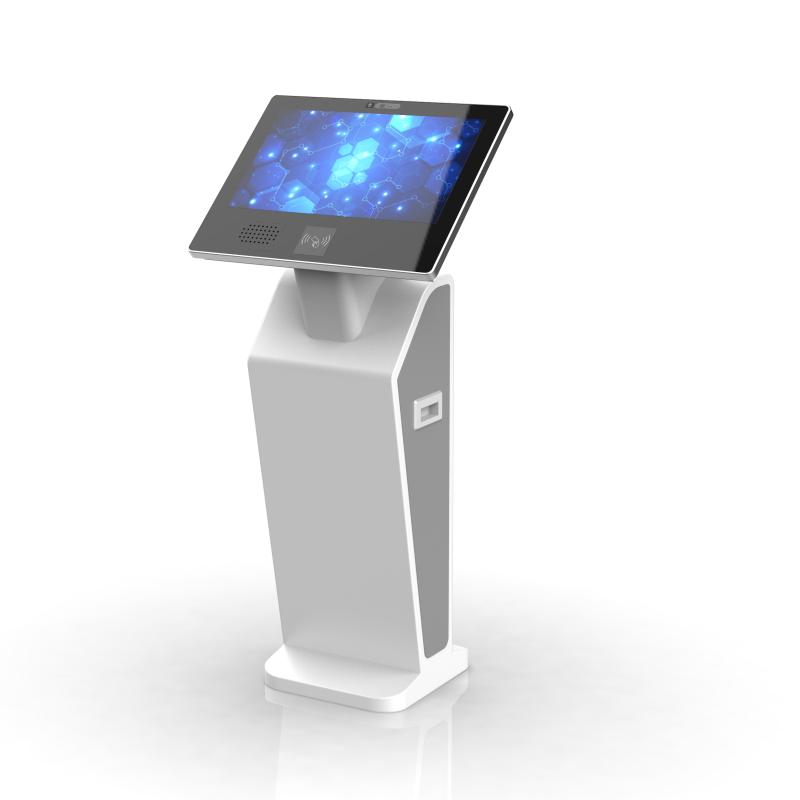
Start Interaction: Approach the kiosk and tap the touchscreen to begin. A main menu or welcome screen will usually appear, guiding you through available options.
Select Language: Choose your preferred language if the kiosk offers multilingual support, ensuring you understand all the information provided.
Navigate Menu: Use the touchscreen to browse different categories, such as exhibits, maps, or event information. Simply tap on the icons or text to explore further.
View Exhibit Details: Tap on an exhibit name or image to access detailed information, including descriptions, videos, and related artifacts. Scroll through or navigate back as needed.
Use Interactive Features: Engage with interactive content like quizzes, virtual tours, or games by following on-screen instructions, enhancing your learning experience.
Access Assistance: If you need help, look for a “Help” or “Information” button on the screen. This may provide instructions, FAQs, or even connect you with museum staff.
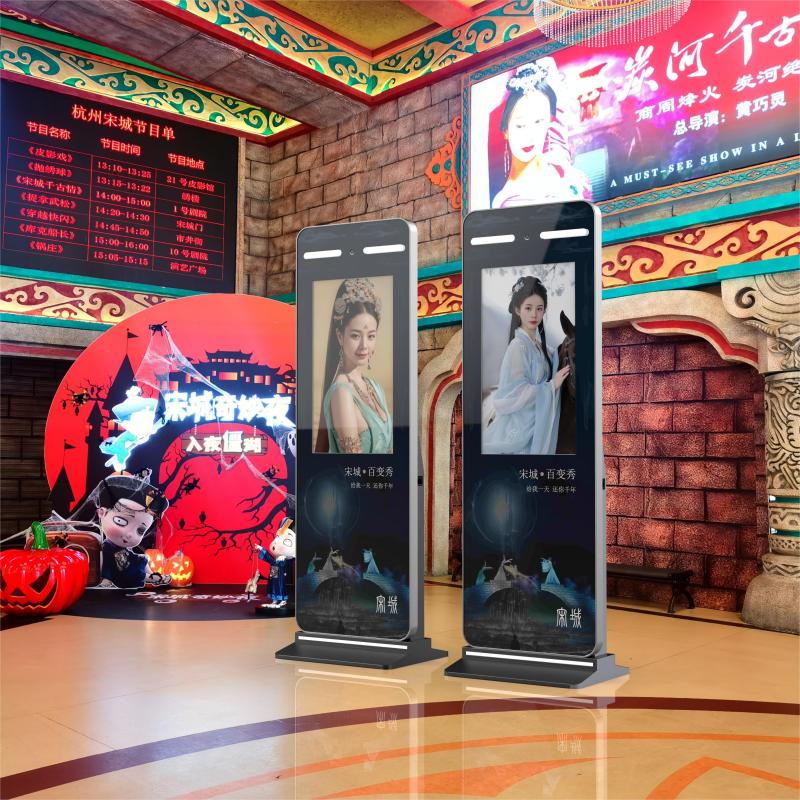
Exhibit Information: Museum kiosks provide detailed descriptions, images, and videos about specific exhibits, allowing visitors to learn more at their own pace.
Interactive Maps: Kiosks offer digital maps that help visitors navigate the museum, locate specific exhibits, and find amenities like restrooms and cafes.
Educational Programs: Kiosks can host interactive educational content, such as quizzes, games, and multimedia presentations, enhancing the learning experience for all ages.
Ticketing and Reservations: Some kiosks allow visitors to purchase tickets, make reservations for guided tours, or register for events directly from the touchscreen interface.
Visitor Feedback: Kiosks can collect visitor feedback through surveys or comment forms, helping museums gather insights and improve their services.
Special Exhibits and Events: Kiosks promote upcoming special exhibits, events, and workshops, providing detailed schedules and allowing visitors to sign up or learn more.

Branding and Design: Customize the kiosk’s exterior with the museum’s logo, colors, and thematic designs that match the institution’s aesthetic and enhance visual appeal.
Content Management: Tailor the software to include specific content related to the museum’s exhibits, allowing for easy updates and personalized user experiences.
Multilingual Support: Incorporate multiple language options to cater to diverse visitor demographics, ensuring accessibility for international guests.
Interactive Features: Add custom interactive elements such as virtual tours, augmented reality experiences, or gamified content that aligns with the museum’s educational goals.
Accessibility Enhancements: Integrate features like adjustable font sizes, screen readers, and touch-sensitive controls to make the kiosk accessible to all visitors, including those with disabilities.
Hardware Configuration: Choose from various hardware options like screen size, touchscreen sensitivity, and additional peripherals (e.g., printers, NFC readers) to suit the museum’s specific needs.
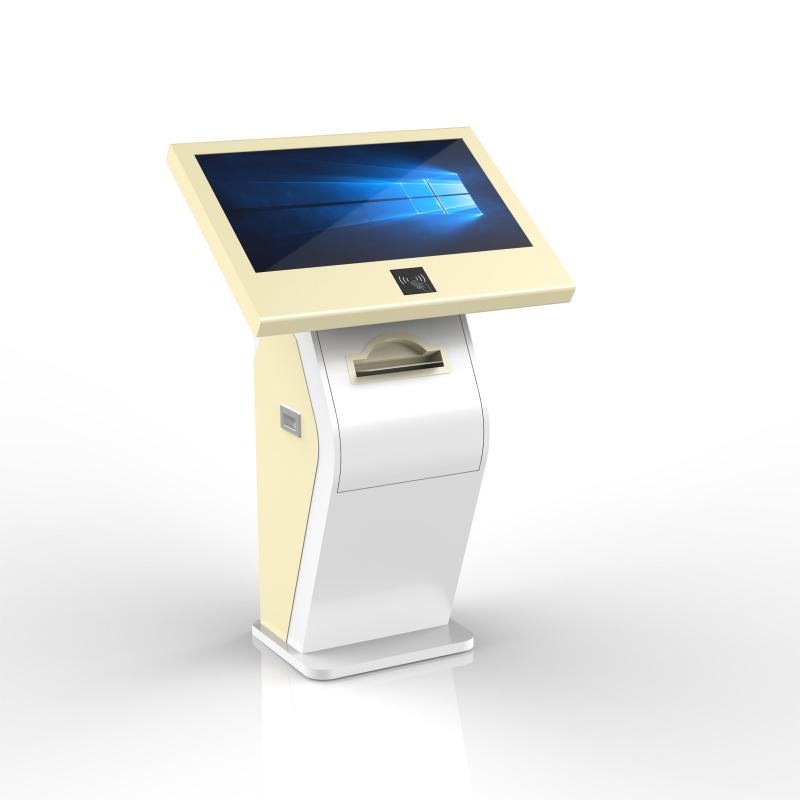
Enhanced Visitor Engagement: Museum kiosks offer interactive experiences that captivate visitors, making their museum visit more informative and enjoyable.
Improved Accessibility: Kiosks can provide multilingual support, audio guides, and adjustable text sizes, making museum content accessible to a wider audience, including those with disabilities.
Efficient Information Delivery: Kiosks provide quick access to detailed information about exhibits, events, and museum services, reducing the need for printed materials and staff assistance.
Cost-Effective Operations: By automating tasks like ticketing, information dissemination, and visitor feedback collection, kiosks can reduce the need for additional staff, lowering operational costs.
Data Collection and Analysis: Kiosks can gather data on visitor interactions, preferences, and behaviors, providing valuable insights that can be used to improve museum exhibits and services.
Space Optimization: Kiosks take up minimal space while offering a wealth of information, allowing museums to maximize their physical space for exhibits rather than informational signage.
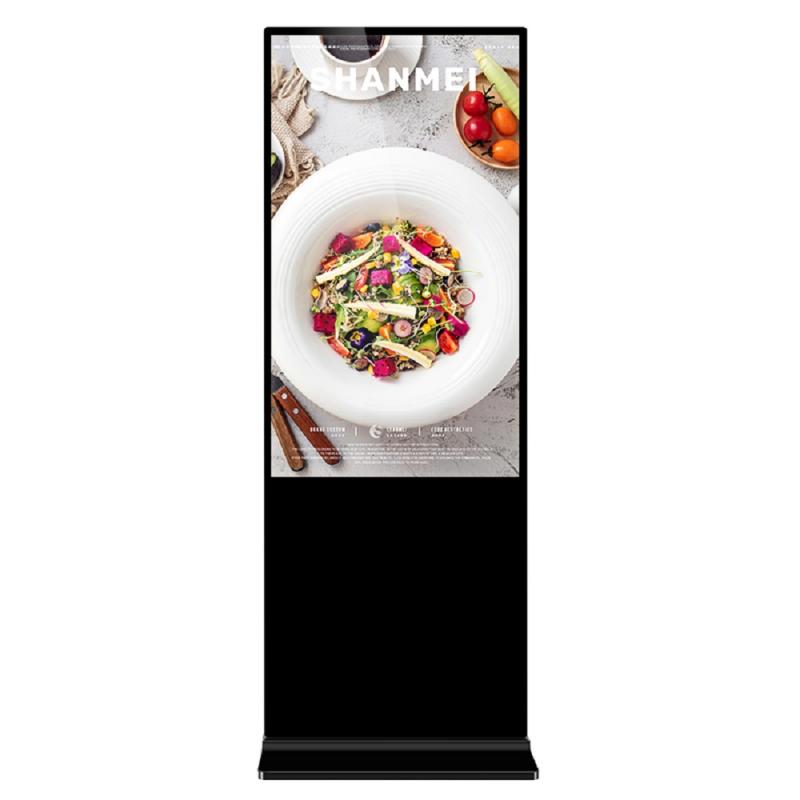
The cost of a museum kiosk can vary widely depending on factors like hardware specifications, software customization, and additional features such as interactive elements or multilingual support. On average, a fully customized kiosk might range from $5,000 to $15,000 or more, depending on the complexity and requirements. Despite the initial investment, the return on investment (ROI) can be significant. Museums often see increased visitor engagement, reduced operational costs, and enhanced data collection capabilities, which contribute to better visitor experiences and more targeted marketing efforts. Automated functions like ticketing and information dissemination reduce the need for additional staff, leading to long-term savings. Additionally, kiosks can generate revenue through ticket sales, event registrations, and even sponsorships or advertising. Over time, the benefits, including improved visitor satisfaction and streamlined operations, often outweigh the initial costs, making museum kiosks a valuable investment.

Functionality: Ensure the kiosk meets the specific needs of the museum, such as interactive features, content management capabilities, and multimedia support.
Customization Options: Evaluate the extent to which the kiosk can be customized to match the museum's branding, exhibit themes, and accessibility requirements.
Durability and Maintenance: Consider the kiosk's build quality and ease of maintenance. It should be robust enough for frequent use and have support options for troubleshooting and repairs.
Cost and Budget: Analyze the total cost, including purchase, installation, and ongoing maintenance. Compare this with the expected ROI to ensure it fits within the museum's budget.
Software Compatibility: Verify that the kiosk’s software is compatible with existing systems and can integrate seamlessly with the museum’s content management and ticketing platforms.
Vendor Support and Warranty: Choose a vendor that offers reliable customer support, a comprehensive warranty, and training for museum staff to ensure smooth operation and long-term service.
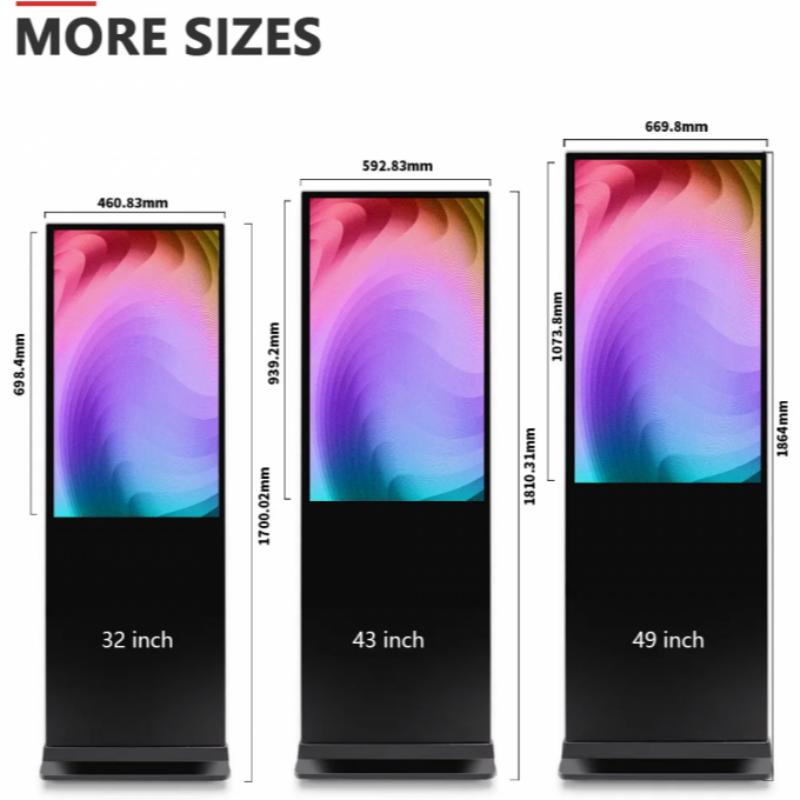
| Aspect | Details |
|---|---|
| Types | - Information Kiosks: Provide exhibit details and museum information. |
| - Interactive Kiosks: Include features like touchscreens for engaging with multimedia content. | |
| - Ticketing Kiosks: Handle ticket sales and reservations. | |
| - Wayfinding Kiosks: Assist with navigation and locating exhibits within the museum. | |
| Sizes | - Small: Compact kiosks suitable for limited spaces or specific exhibit areas. |
| - Medium: Standard-sized kiosks for general use and more extensive content displays. | |
| - Large: Larger units with extensive screens or multiple displays for immersive experiences. | |
| Features | - Touchscreen Display: Interactive screen for user input. |
| - Multimedia Integration: Support for videos, images, and audio. | |
| - Connectivity Options: Wi-Fi, Ethernet for real-time updates. | |
| - Accessibility Features: Multilingual support, adjustable text sizes, audio guides. | |
| Design | - Custom Branding: Design elements to match museum’s aesthetics and brand. |
| - Ergonomic Layout: Easy-to-use interface and user-friendly design. | |
| - Durability: Weather-resistant and robust construction for high-traffic areas. | |
| Price | - Small Kiosk: $3,000 - $6,000 |
| - Medium Kiosk: $6,000 - $10,000 | |
| - Large Kiosk: $10,000 - $20,000 |
Define Requirements: Identify the specific needs of the museum, including type, size, features, and design preferences.
Research Vendors: Look for reputable kiosk manufacturers and compare their offerings, customer reviews, and support services.
Request Proposals: Contact vendors for quotes and detailed proposals based on your requirements, including pricing, customization options, and lead times.
Evaluate Proposals: Assess the proposals based on cost, features, warranty, and vendor support. Consider how each option meets your museum’s needs.
Select and Negotiate: Choose the vendor that best fits your requirements and negotiate the terms of purchase, including pricing, installation, and support services.
Finalize Purchase: Place the order, arrange for installation, and schedule training for museum staff to ensure effective use of the kiosk.
What did our happy clients say?
The museum kiosk has significantly enhanced our visitor engagement with its interactive features and detailed exhibit information. A valuable addition to our museum!
We’re thrilled with the new museum kiosk! Its user-friendly interface and customization options perfectly match our branding. The installation was seamless and the support exceptional.
The museum kiosk has transformed our visitor experience. It’s durable, easy to navigate, and has received positive feedback from our guests. Worth every penny!
Excellent purchase! The museum kiosk integrates perfectly with our existing systems, and its multimedia capabilities have made our exhibits more interactive and informative.